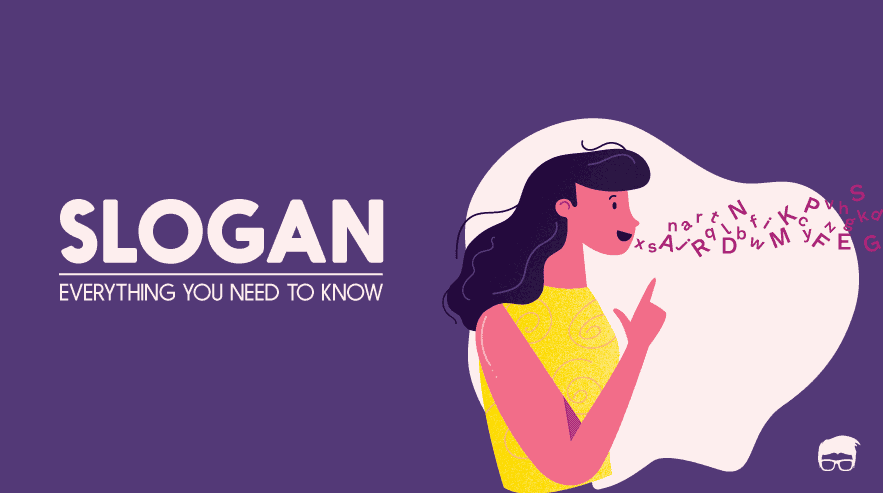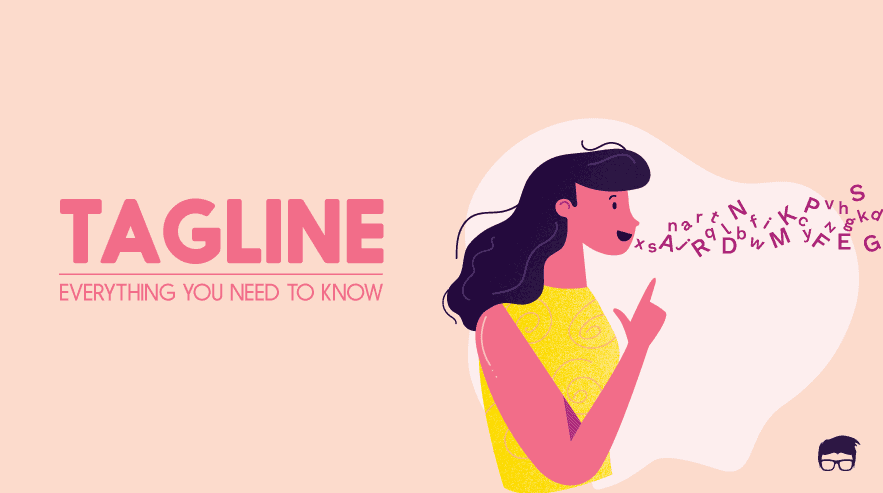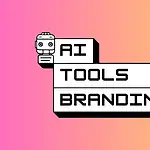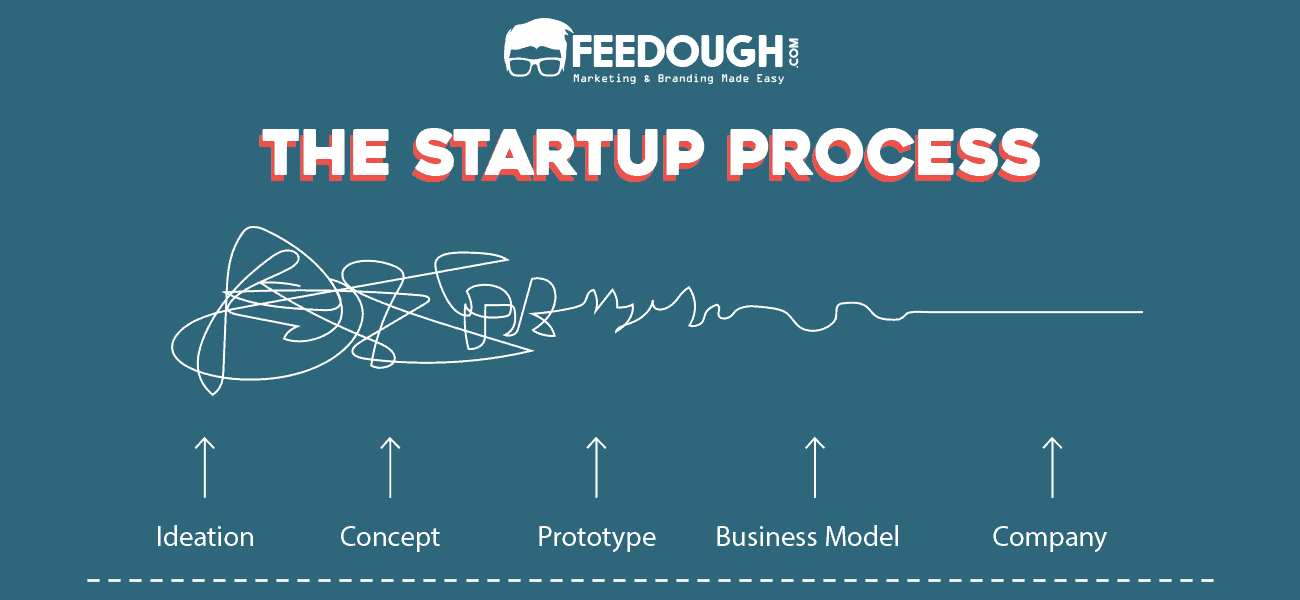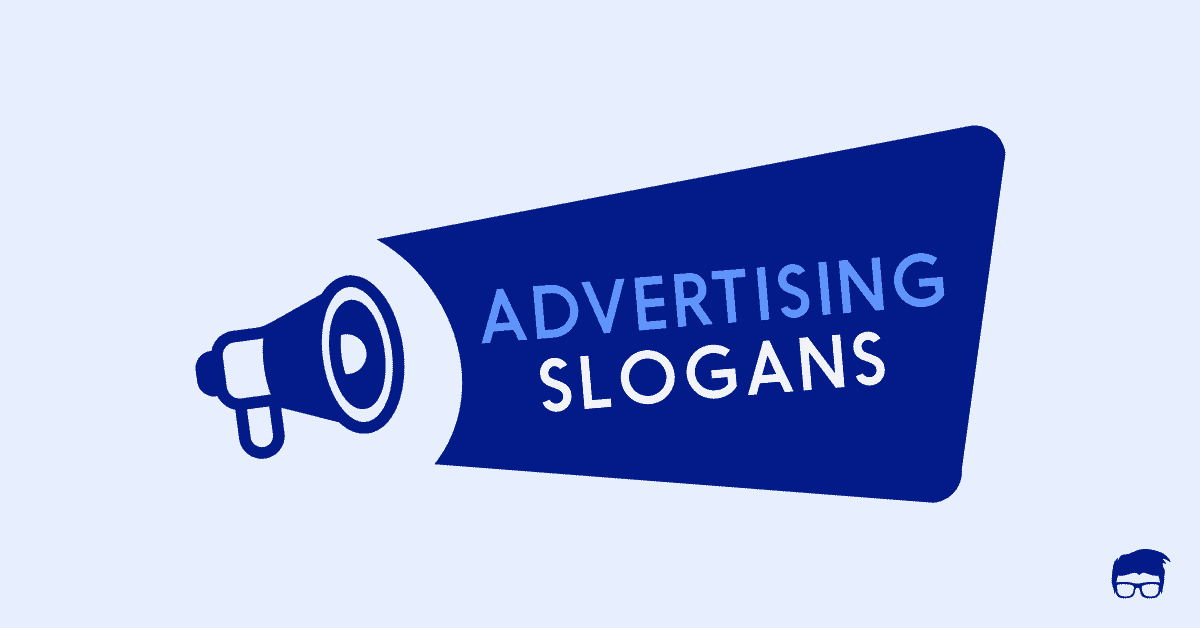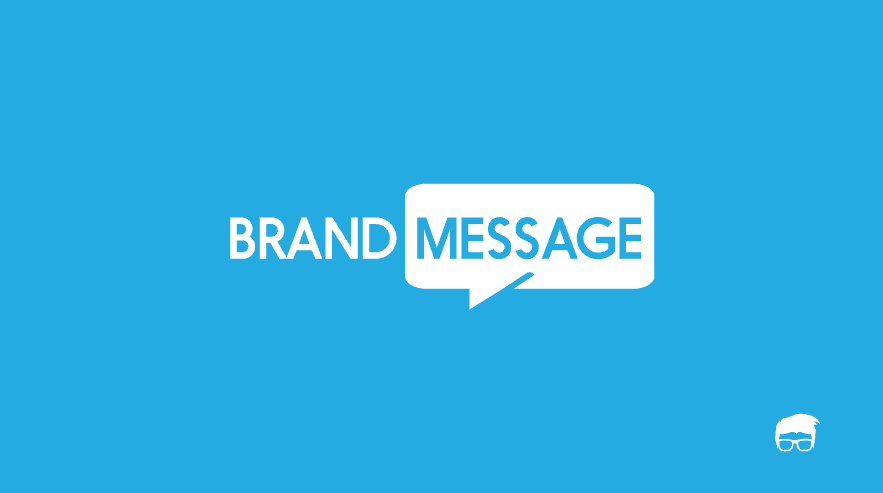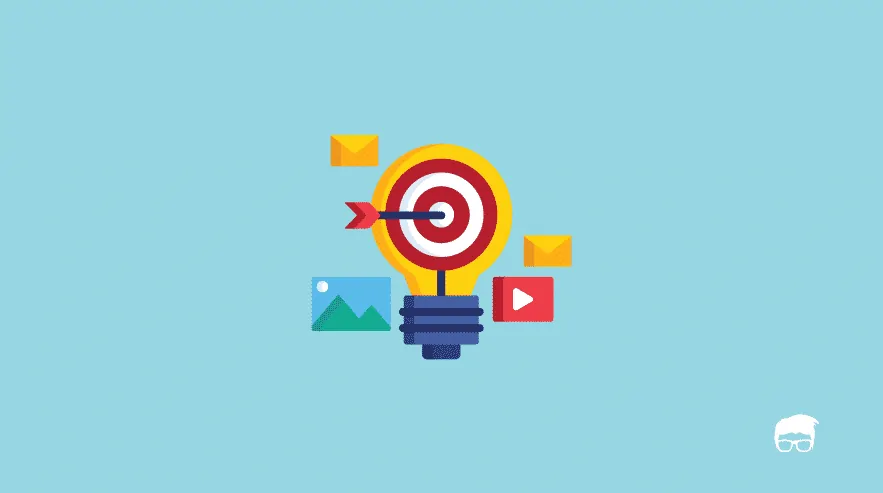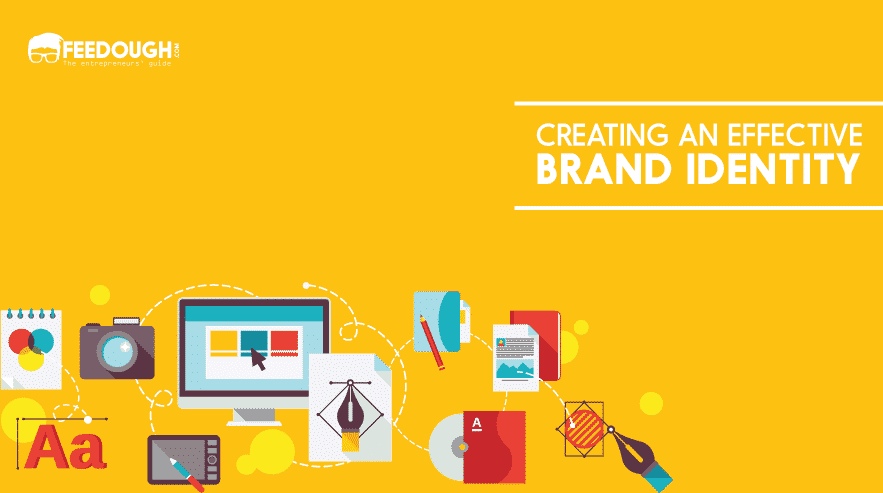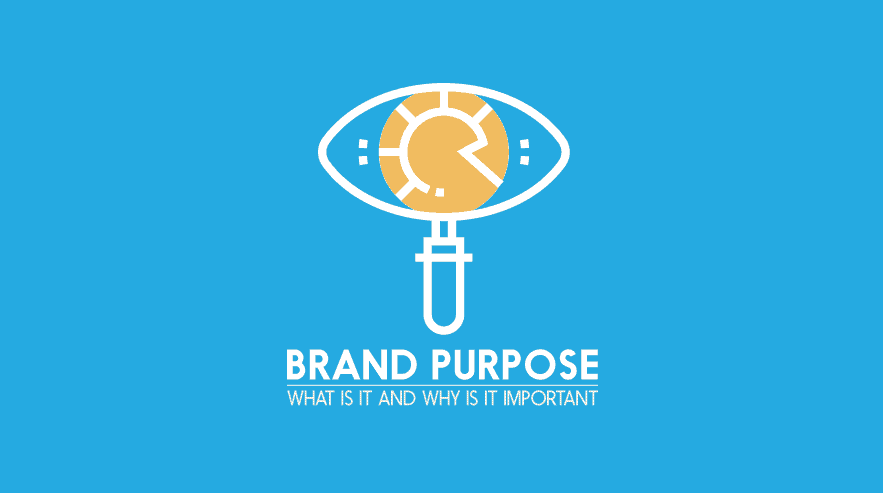Oreo, the second most liked brand by kids, used over 3 creative teams and toured around 450 small towns to lock down its perfect slogan – “Twist, lick, dunk”. Unfortunately, this could have been done much sooner if they had this article to help them!
While slogans form an important part of a company’s marketing strategy and branding process, it is important to cover some basics of what slogans are. So before you put your creative hat on, read ahead to find out about slogans, their difference from other marketing tools, their types and final steps toward the treasure of a catchy, creative and commendable slogan.
Slogans are a memorable, short series of words for potential customers aimed at summarising your product’s appeal. Slogans can make or break your brand image because it is the first and foremost arrow thrown at the customer along with the company logo. Even before experience with any product or service, a slogan strikes the consumer. A memorable slogan helps in the recall and identification of your brand. And every good company strives for brand recall. So, let’s read ahead and find out more about the uses and ways to go about creating a top-notch slogan.
What Is A Slogan?
A slogan is a brief and indelible phrase that encompasses an offering’s appeal.
Slogans are always defined as “short and brief”. There exists a psychological rationale for this – it is believed that it takes almost 7 seconds to form a first impression. Short-term memory is shorter than you think! Therefore, slogans ought to be “short and brief”.
The next part of the definition terms slogans as an “indelible phrase”. This is because slogans are meant to be memorable and catchy. The indelible element may be through the way of a rhyming scheme or humour or pop-culture references, etc.
What element suits your brand perfectly will be discussed further in the article, but alongside it is important to note that catchy slogans are the only slogans that can survive. Surely no brand would want to have disastrous slogans like :
- “Sitting on faces since 2001” by Sunglass Shack
- “Good luck” by Uzbekistan airlines
- “The more you play with it, the harder it gets” by SEGA
Do drop in any other disastrous marketing slogans that you may have come across in the comments section below!
Lastly, the definition terms slogans as a phrase “that encompasses an offering’s appeal”. A slogan is essentially an invitation toward your offering. The invitation, therefore, must encapsulate your product or your brand vision or your service’s benefits, etc. It should be an independent, brief and holistic phrase.
Purpose Of A Slogan
Slogans are not merely a group of catchy words; they are a strategic attempt at creating a persuasive image in the minds of the consumers. The basic purpose of a slogan is to sell a product/service. purpose of a slogan is to act as a shadow identity of a brand and promote a specific product/service.
A genuinely successful slogan will act not only as a benefit to your brand but it is also a long-term commitment. It is like the DNA of your brand. It imbibes the ideals of the related product/service and portrays the same to customers as well as employees. It aims to increase sales of your product. Slogans aim to reach out to customers on an emotional level. They relate to day-to-day situations for the target audience.
Brand slogans promote a product/service as well as a campaign for a range of products and services. Slogans aim to reveal more about your company, especially through more information about your pricing strategy, services or what customers may look forward to. In other cases, the slogan may reveal even more, for instance – a technology company slogan would emphasise its differences or a shoe company may encourage consumers to reach for their goals. The purpose of these slogans is to build a brand identity that sets the company apart, inviting consumers willing to experience the benefits of that brand.
Another important function of a slogan is to position the brand in the minds of customers most desirably and advantageously. Why is this positioning important? Positioning sets apart a brand from others. In today’s times, it is not only the brands that possess the power to change the market, but it’s also the consumers. A slogan is the best way to clarify to the consumer, “this is who we are, this is what we sell and/or this is why we are the perfect choice for you!” Your slogan must give the customers a reason to bother to notice your brand.
The basic aims of a slogan are summarised below:
- Creates positive imagery about your product
- Promotes a campaign for not only a single product but a range of products
- Compels the audience to ‘stop-and-think’
- Makes your brand stand out from the clutter
- Increases demand for your product
Tagline vs. Slogan
“Just do it” and “There’s no finish line” are both phrases used by Nike. Did Nike have two company taglines? Or two company slogans? Or do both the phrases have a more detailed use and purpose?
Marketing requires the use of numerous tools. Similarly, taglines and slogans are two different types of marketing tools. Taglines are a more permanent form of a company motto, while a slogan may be temporary/permanent and is aimed at the promotion of a specific campaign of a company. Slogans are a part of a marketing campaign. On the other hand, taglines lean toward being a company motto or something in that realm.
While both slogans and taglines are marketing tools, they are very distinct. The difference between slogans and taglines is – slogans are for the promotion of a company’s product campaign while taglines are for the promotion of the company itself. For instance –
Apple tagline: “Think different”
First gen. iPhone slogan: “This changes everything”
Oreo tagline: “Only oreo”
Oreo slogan: “Milk’s favourite cookie” / “Twist, lick, dunk”
The above-mentioned taglines and slogans are the most appropriate examples to understand the difference between slogans and taglines. As is evident, the tagline is more like an overarching phrase, while the slogan is campaign specific. Though slogans are intended to be campaign-specific it is not a water-tight definition.
Types of slogans
Broadly there are two types of slogans:
1) Business slogans
2) Advertising slogans
Business Slogans
Business slogans emphasise the features that set your business apart from your competition. They are also informational. For instance:
- KFC – “Finger-lickin’ good”
- Carlsberg – “Probably the best beer in the world”
They showcase the distinct value proposition of the business in order to convey to people your brand’s stance, whether it be trust, revolution, perfection and etc. For instance, the following slogans portray empowerment and confidence:
- Pantene slogan – “Always camera ready”
- Zara slogan – “Love your curves” (England and Spain)
Advertising Slogans
Advertising slogans emphasise on a particular product or service that has been part of an ad campaign, instead of focusing on the overall business.
It aims to create associations between the product’s usage experiences and the benefit that the customer may receive after purchase. For instance, the following slogans portray how your experience would be after you either purchase or engage with the company’s product:
- Coca-Cola – “Open happiness”
- Ajax – “Stronger than dirt”
- Frooti – “Fresh and juicy”
However, slogans can further be categorised based on their characteristics and features as follows:
Descriptive Slogans
As the name suggests, descriptive slogans build an image of the work your business actually does. It is an excellent choice if you wish to distinguish your business from other competitors. Popular examples include:
- Diary milk – “A glass and a half in every half-pound”
- Paul Masson – “We will sell no wine before its time”
Descriptive slogans are specifically more useful for brands with non-descriptive names. But as discussed above, slogans have to be short, precise and crisp. Therefore, even if you chose to go with a descriptive slogan do not create a generic and boring one.
Commanding Slogans
Commanding slogans very briefly put, are powerful. They carry enough weightage to persuade any consumer to take action. If successfully crafted, these slogans can convince consumers to make purchases. Popular examples includes:
- Nike – “There Is No Finish Line”
- Gatorade – “Is it in you!?”
Persuading Slogans
Persuasive slogans stress on why a consumer should opt for your particular product/service. You’ve got to make your case before your consumers through this kind of slogan. Convey to them why YOUR business is trustworthy and will help with their problems. A persuasive slogan hits the head right on the nail, more like a selling statement. Examples given below may help you understand better:
- L’Oreal – “Because you’re worth it”
- Kit-Kat – “Have a break, have a kit-kat”
Creative Slogans
Brands that develop a creative slogan, essentially raise the bar to a new level. Creative slogans, more often than not, male use of a literary device to enhance recall and response from consumers. Creating a creative type of slogan may be harder than it looks because along with thinking outside the box, you have to avoid overwhelming the consumers with something that might go over their heads.
Examples :
- Maybelline – “Maybe she’s born with it, maybe its Maybelline”
- Meow Mix – “Tastes so good, cats ask for it by its name”
Emotive slogans
Now this one is one with immense psychological research support. Emotive slogans are made with the intent to awaken an emotion. Therefore, it goes beyond merely providing information about your product/service. Perhaps the most popular example include:
- DeBeers – “A Diamond is forever”
- Disneyland – “Where dreams come true”
How To Write A Slogan?
Now that you have read and acclimatised yourself with the technicalities of a slogan, let’s see how you can actually start creating a long-lasting and impactful slogan?
Step 1: Identify Your Purpose
Step 1 isn’t about identifying your life purpose, that might take a while. This step is referring to identifying the purpose of your slogan. The basic question grid below might help:
Q1) What are you selling? Is it a tangible product like toiletries, beauty essentials, food items, etc.? Is it an intangible product like software, taxi service, data, etc.?
Q2) Is it for charitable purposes or a business profit?
Q3) Who is your target audience?
Q4) Are you a start-up brand or a well-established brand?
Once you have answered these questions, review your answers and you should be able to gain clarity on what is your product/service’s purpose. You may be a well-established pet supplies brand looking to adopt a new slogan for a new product or you may be a startup menstruation help brand looking to create a new slogan for your new chocolate-flavoured cramp medicines.
Do let us know in the comments your answers to these questions.
Step 2: Select A Type Of Slogan
Go through the earlier sections on “types of slogans” and identify which type do you want to stick to? You may blend in a few, but it is of vital importance to narrow down your brainstorming. A few narrow ideas to help you:
- Humourous
- Serious
- Commanding
- Easy-going
- Descriptive and informational
- Snarky
- Overwhelming good-will
- Sorrowful
- Engaging
- Fiction
Step 3: Killer Phrases Are On Your Way
Once you have successfully completed steps 1 and 2, you will have a fair idea of a group of words that can turn out to be your slogan.
For instance, if you have identified, your product as a pen. Your product is for a business profit. Your target audience is college-going students. You are a new start-up brand. You have identified your type as creative, humorous, snarky and engaging. Now you can think of ways that blend your type with your product. Going by the earlier example, how do I make the use of pen funny for college students? How do I make the use of pen creative for college students?
Step 4: Keep It Short, Original And Believable
Once you have started forming phrases, it is important to note that your slogan must be short. As explained earlier, it takes 7 seconds to create a first impression. Short phrases are easy to remember and easy to recall.
Next, shift your focus on keeping it original. It is a natural tendency to get influenced by the hundreds of brands and their slogans around you. Beware of this influence and do not let it sneak into your slogan. An old and traditional slogan will not only pull down your sales, but it will also lead to associations of “old”, “boring”, and “dishonest” with your brand.
The sky is the limit when creating a slogan. But that does not mean that while doing so you try and make promises that your brand can never fulfil. McDonald’s can have the slogan, “Because you only have $4” because it stands true to its brand. If Starbucks chose to adopt a slogan similar to McDonald’s, it would face immense backlash.
Step 5: Do Not Rush The Process
As important and urgent it is for you to advertise with your newly created slogan, do not spend hours at a stretch working on it and locking down the last one! The perfect blend of creativity, humour, and persuasion takes its time.
Keep in mind to not lock down the last slogan you think of. Make sure that you cannot think of anything better, because there may always be a better one. What makes you laugh, will make your customers laugh. When you see/hear your slogan you should want to buy the product, or at least browse through what the company is offering.
Take breaks and look at your progress slogans with a fresh set of eyes. Once you are sure that your slogan awakens an emotion inside you, and cannot get any better because it is the best, you have successfully created a KILLER SLOGAN, my friend!
Go On, Tell Us What You Think!
Did we miss something? Come on! Tell us what you think about our article on what is advertising in the comments section.
A marketer with a specialisation in Economics, Law and Computer Studies. Performed social media marketing for McDonald’s, GoIbibo, and LaughGuru.
